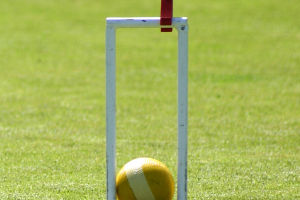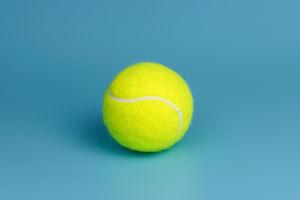Table Tennis Secrets
Table tennis, also known as ping-pong, is a dynamic and fast-paced sport that has captivated players and audiences worldwide.
Originating in the late 19th century, the game has evolved into a competitive and highly skilled sport played by millions.
History and Evolution
Table tennis began in England around 1880 as an indoor version of lawn tennis. Initially played with simple household items—such as a rounded top of a drinks cork as the ball and books as paddles—the sport quickly gained popularity. By 1926, the International Table Tennis Federation (ITTF) was established, formalizing rules and standards. The sport was included in the Olympics in 1988, further elevating its global profile.
Basic Rules and Gameplay
Table tennis is played on a rectangular table divided by a net, with players using small, solid rackets to hit a lightweight, celluloid ball back and forth. The objective is to score points by making the ball land in the opponent’s half of the table without them being able to return it. The game is typically played in a best-of-five or best-of-seven sets format, with each set being played to 11 points. Players must win by at least a two-point margin.
Equipment
The primary equipment includes a table, paddles, and a ball. The table is 2.74 meters long, 1.525 meters wide, and 76 cm high. The paddles, or rackets, are made of wood covered with a layer of rubber on one or both sides. The ball, originally made from celluloid, is now commonly made from plastic and weighs 2.7 grams. The choice of paddle and rubber can significantly influence play, with different types of rubber providing varying levels of spin and control.
10 Tips To Become A Better Table Tennis Player Quickly
Video by TableTennisDaily
Techniques and Strategies
Table tennis requires a blend of quick reflexes, strategic thinking, and technical skill. Key techniques include the forehand and backhand drives, topspin, backspin, and sidespin. Players often employ spins to alter the ball’s trajectory and make it difficult for opponents to return. Effective strategies involve anticipating the opponent’s moves, positioning oneself optimally, and utilizing a mix of offensive and defensive shots.
Competitive Play
The sport is played at various levels, from casual recreational play to intense professional competition. Major international tournaments include the World Table Tennis Championships, the ITTF World Tour, and the Olympics. Countries like China, Japan, and South Korea have a rich history of dominating international play, thanks to their rigorous training programs and talented players.
Benefits and Popularity
Table tennis offers numerous physical and mental benefits. It improves hand-eye coordination, reflexes, and cardiovascular health. The sport’s accessibility makes it popular across different age groups and skill levels. Its relatively low cost and minimal space requirements contribute to its widespread appeal.
Lykkers, table tennis is a sport with a rich history, technical complexity, and broad appeal. Whether played casually or competitively, it provides an exciting and challenging experience that continues to attract players and fans around the globe.


